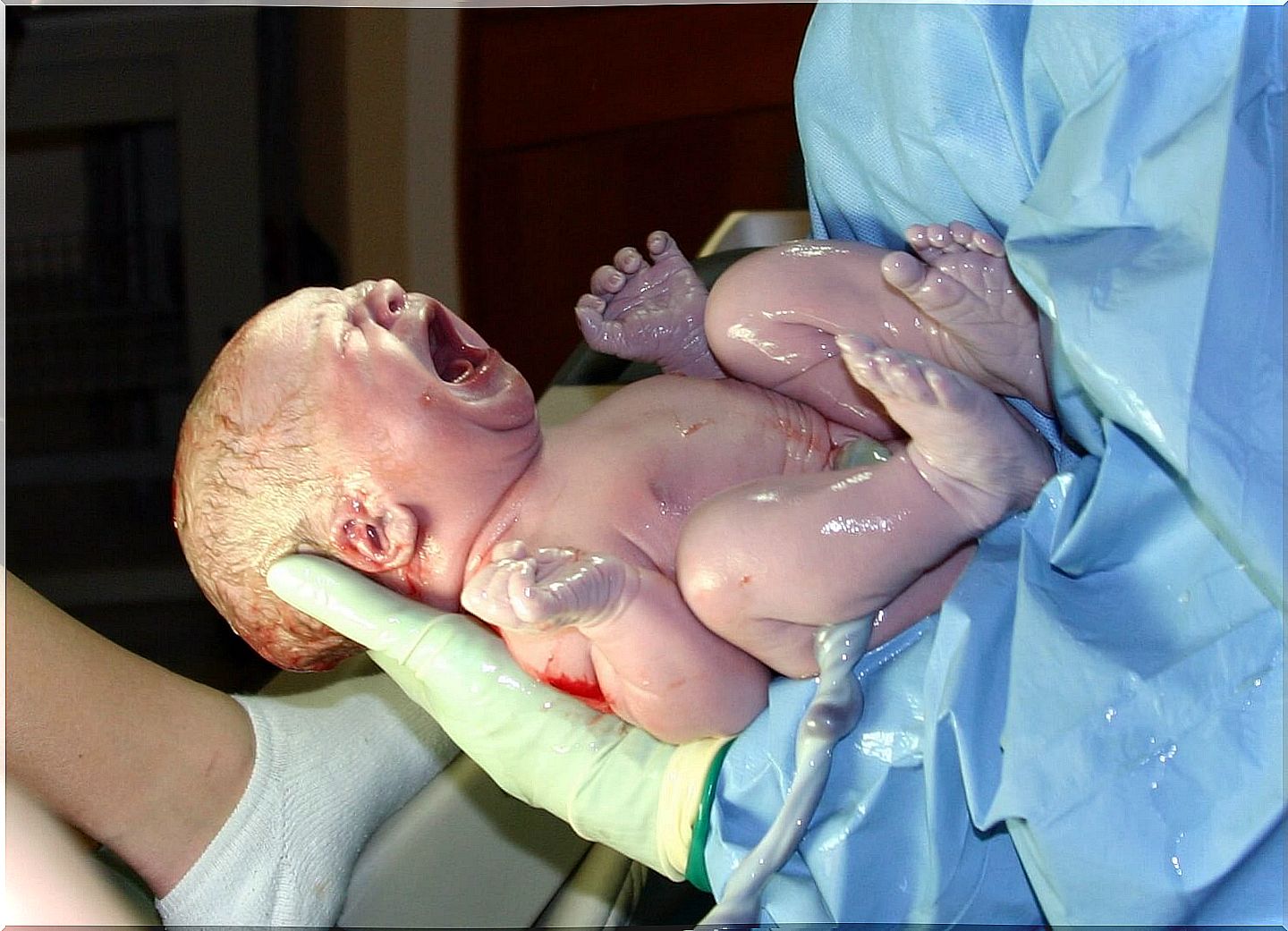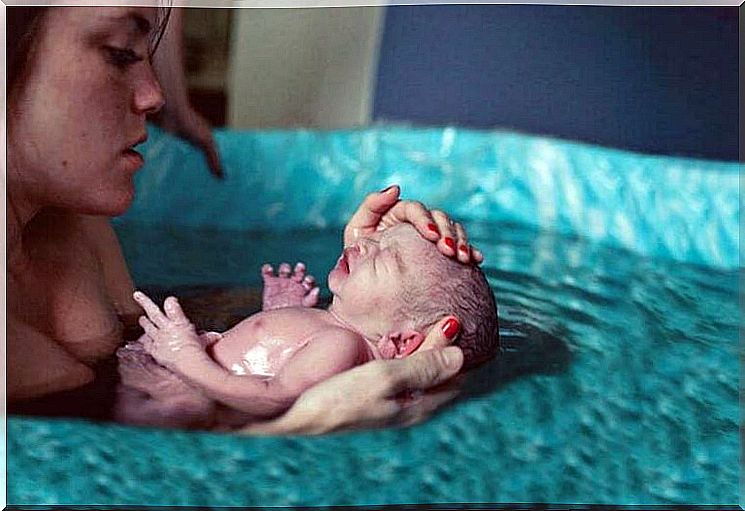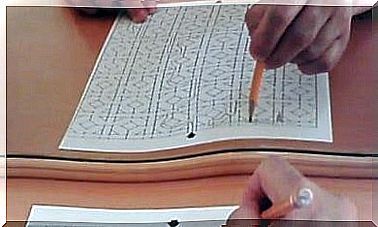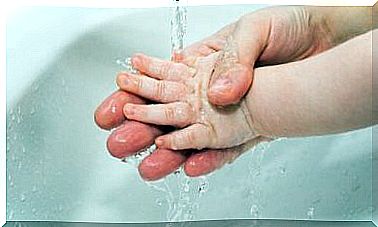Did You Know That There Are Nine Different Ways To Give Birth?

A birth is a very special event in a woman’s life, and there are different ways to give birth.
Therefore, it is very important that women have all the information they need about the various delivery options available. Then they get the opportunity to decide which alternative is best for them.
Nine different ways to give birth
Natural childbirth
By natural birth is meant a vaginal birth. However, it differs from “normal childbirth” because it takes place without anesthesia or pain relief. Artificial oxytocin is not used to stimulate the contractions, and the doctor does not perform any as an episiotomy (clip).
This method focuses on the mother, and respects her needs and choices. With a natural birth, the mother can choose where she wants to give birth to her child – in the hospital or at home.
Normal delivery
This variant is known as vaginal delivery, because the baby is born through the vagina. The birth comes spontaneously, and the baby is born with its head first.
In some cases, complications can occur that make it difficult for the child to get out. When it happens during a normal birth, episiotomy is performed. It is a surgical procedure performed on the pelvic floor, the muscular area between the vagina and the anal opening.
There are several benefits to having a vaginal delivery. For the baby, a normal birth guarantees that the lungs are sufficiently developed. It also means that the baby will have direct contact with the mother during the first moments of life.
It allows the baby to breastfeed early, and it also reduces the risk of respiratory disease and other illnesses.
For the mother, a vaginal birth reduces the risk of bleeding. It also means an earlier contact with the baby and a faster recovery after the birth.
Below are several other types of vaginal delivery.
Water delivery

During a water birth, the mother is immersed in a bathtub or a pool during the birth. The mother’s abdomen should be completely immersed in the water. During a water birth, the father can also be in the bathtub or pool to provide company and support to the mother.
The mother is placed in a tub or pool with warm water before the birth. The mother often goes into the water when the cervix has opened more than 5 centimeters. She should also have regular and intense pains – at least 2 pains in ten minutes.
Crouching babies
This option is similar to natural childbirth, apart from the position of the mother. Instead of lying down in the normal gynecological position, the mother squats. Crouched births are often rapid.
Because the mother has a vertical position, gravity contributes to the process going faster. This position is often more comfortable than the gynecological position.
Childbirth with forceps
Maternity forceps are used during a normal birth if it is extra difficult for the baby to get out. The delivery pliers are bent at the ends, and designed to grip the baby’s head.
To be able to insert the forceps and reposition the baby’s head, the doctor must first perform an episiotomy in the mother’s pelvic floor. When the forceps are in place, the medical staff will pull when the mother feels the impulse to shake during a pain.
The Leboyer method
This is a way of giving birth that aims to reduce stress for the baby, and is also known as “childbirth without violence”. The French obstetrician Frederick Leboyer developed the method to reduce trauma as much as possible during the baby’s first time outside the womb.
The idea is that the birth should take place in a calm environment that resembles the mother’s stomach as much as possible. This means dim lighting, silence and a warm temperature. These factors mitigate the impact of the drastic difference between life inside the womb and the world outside the mother’s womb.
Cesarean section
Unlike the previously mentioned alternatives, a caesarean section means that the birth takes place through an incision in the mother’s abdomen, instead of through the vagina. The incision is cut through several layers to reach the fetus in the uterus and take him out through the same incision. When the baby has been taken out, the placenta is also taken out.
Because cesarean section involves surgery, the mother’s recovery after delivery takes longer than during vaginal delivery.
Assisted home birth

More and more women are choosing to give birth at home. There is nothing to be afraid of. On the contrary, women feel safer and freer in their own homes.
This method of delivery is painful, but women are prepared for that suffering and see it as part of the process. There are many resources available to alleviate the pain, such as hot baths, healing thoughts, massages, etc.
This method can often take a relatively long time, between 12 and 16 hours. It is the job of the midwife to assist the childbearing mother throughout the process, hold her hands, help her find the most comfortable position in each step, give massages, etc.
Humanized childbirth
Humanized childbirth refers to attitude rather than method. The woman is the main character in the birth of her child. Her decisions are respected and discussed with the medical staff, and medicine is used based on science.
In short, childbirth in humanized childbirth is considered a normal physiological process, which very rarely actually requires any intervention.
Which way of feeding do you prefer?









